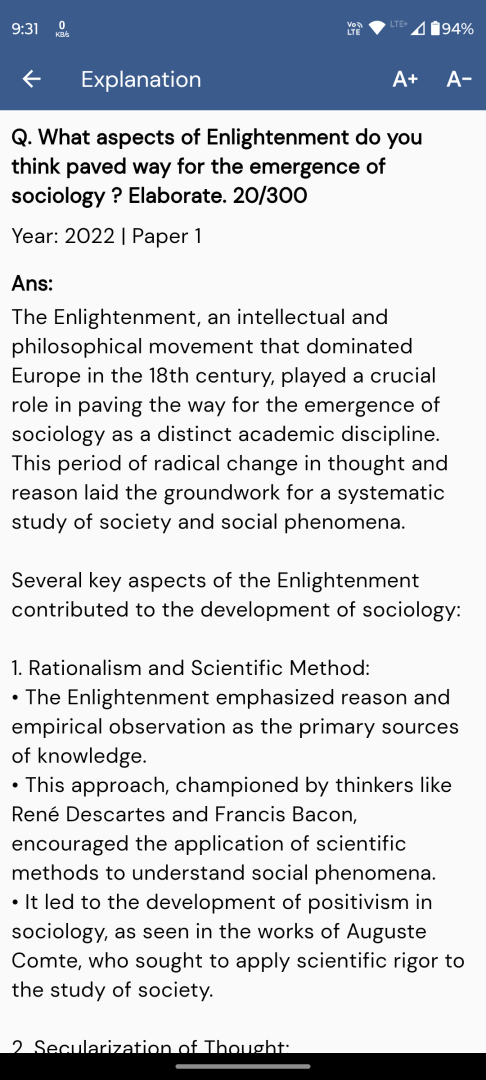Q. What do you understand by gender-based domestic division of labour? Is it undergoing a change in the wake of increasing participation of women in formal employment? Clarify your answer with illustrations.
UPSC Sociology 2025 Paper 1
Model Answer:
Gender-based domestic division of labour refers to the socially constructed allocation of unpaid household work based on sex. This system traditionally assigns women to the private sphere for routine, repetitive tasks like cooking, cleaning, and childcare (what Talcott Parsons termed “expressive roles”), while men occupy the public sphere of paid work (“instrumental roles”). Ann Oakley demonstrated this division is not natural but a social construct that institutionalizes women’s economic dependence and perpetuates gender inequality.
Changes with Women’s Formal Employment
The ‘Dual Burden’ Phenomenon:
Rather than equitable redistribution, women’s employment has created what Arlie Hochschild calls the “second shift.” Women now shoulder dual responsibilities—paid work plus domestic labour. Their entry into the public sphere hasn’t been matched by men’s equivalent participation in the private sphere.
– Illustration: A female software engineer works 10-hour days but returns home to manage cooking, children’s homework, and household planning, while her husband enjoys leisure time after work.
Limited Male Participation:
Urban, educated dual-earner households show marginal increases in male involvement, particularly in childcare and weekend tasks. However, this participation remains peripheral rather than fundamental.
– Illustration: Husbands may help with weekend grocery shopping or playing with children, but daily time-intensive responsibilities—meal preparation, cleaning, emotional labour—remain predominantly women’s domain.
Class-Based Outsourcing:
Affluent families increasingly outsource domestic work to paid help, resolving couple conflicts without challenging gendered assumptions. This creates new intersections of class and gender inequality, as domestic work management still remains women’s responsibility.
– Example: Upper-middle-class working women supervise domestic workers, plan meals, and coordinate household schedules, perpetuating their role as household managers.
Conclusion:
While women’s workforce participation has initiated conversations about domestic equality, fundamental transformation remains elusive. The patriarchal ideology underlying domestic division adapts to economic realities rather than being dismantled, resulting in role-conflict and the persistence of gender inequality within households.





